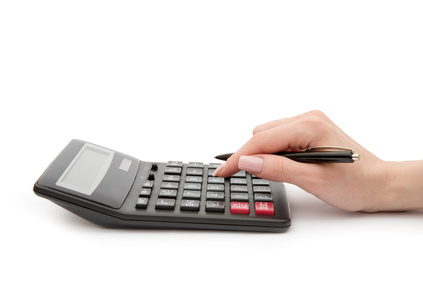Most adults know that when life’s little and big emergencies come up, it is always best to pay in cash. This way you can ride out the situation without getting mired in debt. However, this is an ideal path. Many people are not at the point where they can ride out financial emergencies with just cash.
For adults who have to depend on some type of credit, they may think that the best thing to do is just reach for a credit card. A credit card is a convenient way for paying for essential items. However, more often than not, a personal loan is a better alternative for purchasing major items. This article will take a look at personal loans versus credit cards, as well as the pros and cons of both types of credit.
Personal Loans
A personal loan is an unsecured loan. With unsecured loans, your financial lender will not ask you to put up any type of collateral. Personal loans can be used for anything, from higher education, a home, to debt consolidation. Taking out a secured loan, such as one for a vehicle or mortgage, gives your creditor the right to seize your assets, or collateral, if you do not make payments on time. It is for this reason that the interest rate on a personal loan is higher than the one for your car payment. However, the average interest rate of an unsecured loan is lower than it would be for the average credit card.
A personal loan takes on some of the following qualities:
 You get the loan in one lump sum
You get the loan in one lump sum- You have to make fixed monthly payments for the term of the loan
- Loan terms usually last between two to five years
- Most personal loans have a fixed interest rate
- Personal loans do not have pre-payment penalties
Credit Cards
Unlike personal loans, credit cards have an open ended time period for the debt carried. With credit cards, you have a limit that you can use whenever the need or desire arises. At the end of the month, you must either pay off the entire balance or make smaller payments over a period of time.
With credit cards, you can charge and charge up to the point that you meet your maximum limit. Of course, this kind of financial irresponsibility keeps you mired in debt. When you take out a personal loan, you know at what time the debt will be paid back to your creditor. You will also not be able to take out another loan from your present creditor until the original debt is paid off.

When to Use a Credit Card
If you can qualify for a 0 percent APR credit card, get one for small purchases that you can pay off in about a year. For purchases that range between a few hundred and a few thousand dollars, make sure that you pay it off over the next few months in order to avoid extra charges. An inexpensive way to do this is to get a credit card that has a 0 percent APR on charges for a limited period of between 12 and 18 months. Make sure that you pay off the whole balance before the promotion ends. If you do this, you will not have to pay any interest.
When to Use a Personal Loan
If you need to make a larger purchase and need more than 18 months to repay, take out a personal loan. A drawback to personal loans is that they could charge an origination fee that is up to 5 percent of the loan. This fee is paid either in cash or from the proceeds of the loan that are due at closing. When you’re comparing interest rates in the research phase, take the fee into account before signing on the dotted line. A lender may give a great APR, but they could end up being more costly if they charge an origination fee.
Even though using credit cards to pay down debt can work if the amount of money involved is small, it generally isn’t a good idea to use them as a long-term debt repayment strategy. If you have a good credit score and employment history, you should be able to find a personal loan that meets your needs without being financially oppressive.

